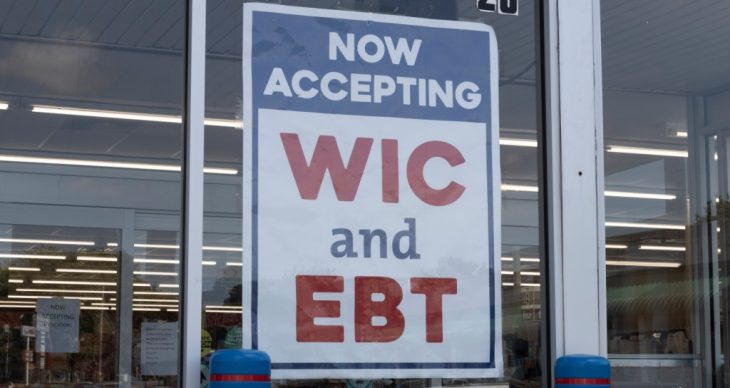When it comes to government assistance programs aimed at providing food assistance to those in need, the WIC program and the Supplemental Nutrition Assistance Program (SNAP), commonly referred to as food stamps, are two of the most recognized.
Though both programs share the common goal of improving access to nutritious food for low-income families, they have distinct differences in eligibility requirements, benefits offered, and the types of food that can be purchased. Understanding these differences is crucial for families seeking assistance to determine which program(s) they might be eligible for and how each can best meet their needs.
Purpose and Focus
- WIC: Specifically designed to support the nutritional needs of pregnant women, postpartum women, infants, and children up to age five, WIC provides nutrient-rich foods, nutrition education, and referrals to healthcare and other social services. The program targets this specific demographic to ensure that young children and new mothers receive the nutrients they need during critical periods of growth and development.
- SNAP: SNAP offers a broader assistance approach, aiming to supplement the food budget of low-income families and individuals so they can purchase healthy food and move towards self-sufficiency. SNAP benefits are available to individuals and families who meet the program’s income and asset criteria, regardless of age or family composition.
Types of Benefits and Restrictions
- WIC: WIC benefits are specifically tailored to provide foods high in nutrients essential for early development, such as iron, protein, calcium, and vitamins A and C. These benefits include access to milk, cheese, eggs, cereals, whole-grain products, fruits and vegetables, and baby formula. Notably, WIC is known for providing support to obtain free formula, including specific types like non-dairy formulas for infants with allergies or lactose intolerance. However, WIC benefits are restricted to these specific types of foods and nutritional supplements.
- SNAP: SNAP benefits are more flexible, allowing recipients to buy almost any food item sold at participating grocery stores, supermarkets, and even some farmers’ markets. This includes fruits, vegetables, meat, poultry, fish, dairy products, breads, cereals, and non-alcoholic beverages. However, SNAP benefits cannot be used to purchase alcohol, tobacco, non-food items, hot foods, or foods prepared for immediate consumption.
Eligibility and Application Process
- WIC: Eligibility for WIC is determined by nutritional risk and income level, which cannot exceed 185% of the federal poverty line. Applicants must be pregnant, postpartum, breastfeeding women, infants, or children up to age five. The application process typically requires visiting a WIC office for a health screening and nutritional assessment.
- SNAP: SNAP eligibility is primarily based on household income, expenses, and certain work requirements, with income thresholds generally set at 130% of the federal poverty line. The application process can often be completed online, over the phone, or in person at a local food stamp office.
While WIC and SNAP both play vital roles in combating food insecurity and improving nutrition among vulnerable populations, they serve different needs and populations. Understanding these differences can help applicants navigate seeking assistance and ensure they access the resources that best fit their nutritional needs and life circumstances.
By Admin –



